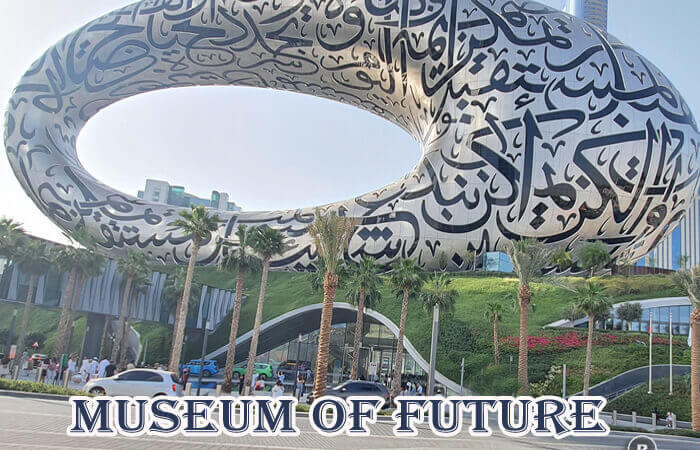Dwarka: The Sunken City

Dwarka, an ancient city located in the Indian state of Gujarat now lost beneath the sea. According to According to Hindu mythology, it was the capital of Lord Krishna’s kingdom. Dwarka has a special significance as it is the only city extensively in the Mahabharata. The city is considered one of the seven most ancient religious cities in the country and is a popular pilgrimage site for Hindus. The city is also said to be one of the four principal pilgrimage sites for Hindus, known as Char Dham. The other three are Badrinath, Jagannath Puri, and Rameshwaram. Dwarka is one Puri of the famous Saptapuri (the other six are: Baranasi, Hardwar, Ujjain, Mathura, Oudh, and Kanchipuram).
Vishnu Purana says that the day Krishna departed from the earth the powerful dark-bodied Kali Age (Kali Yuga) descended. The oceans rose and submerged the whole of Dwarka. In the second half of the last century, archaeologists sought to find physical evidence of a sunken city off the coast of present-day Dwarka to prove its existence beyond reasonable doubt. As a result, many relics were found underwater, including stone blocks and pillars.
The present Dwarka is on the coast of the Arabian Sea opposite the Gulf of Kutch. The city had been founded by the King Gaikwad in the 19th century. The Dwarkadhish temple there has heritage importance as one of the major sites for Hindu pilgrimage. However, Dwarka has developed into an industrial city today. The ashes of Gandhiji were also immersed at Dwarka. In Memorium of that event, Gandhighat at the coastal beach had been founded. The search for its submerged part began in the 1930s, and the first archaeological excavation took place in 1963.
The Ancient City Of India “Dwarka”
Dwarka, the great kingdom of Shri Krishna. Legend has it that Dwarka was once a majestic city ruled by the renowned Lord Krishna himself. According to ancient scriptures, Dwarka was a bustling hub of civilization, abundant with riches and opulence beyond imagination. However, as time passed, the city was believed to have been swallowed by the sea, leaving behind only whispers of its existence.
Archaeological evidence suggests that Dwarka was a thriving port city during the Indus Valley Civilization and excavations have revealed structures that are believed to date back to the 2nd millennium BCE. The city is said to have been destroyed by natural disasters and submerged underwater.
The word ‘Dwarka’ means ‘door’ or ‘gate’ in Sanskrit, so this ancient port city could have been a gate for foreign sailors who arrived in India. It has been referred to as “Mokshapuri”, “Dwarkamati”, and “Dwarkavati in history. Dwarka was said to be a thriving hub of culture and spirituality during Lord Krishna’s time.
Archaeological remains of a submerged town, harbor, and fort are found in the sea around the current island town of Bet-Dwarka. This ancient incarnation of the city stretched for about 84 km as a fortified city where the Gomti River meets the Arabian Sea.
The first excavations began around 100 years ago in the 1930s around Bett Dwarka Island, about 30 km north of present-day Dwarka in the Jamnagar district of Gujarat. Further excavations were carried out in the 1960s, but the results were inconclusive. In 1979, the Archaeological Survey of India conducted another excavation, and excavators uncovered earthenware from the 2nd millennium BC.
In 2001. a pollution research team found an organized rock formation structure of 8 sq. km in the area 20km away from the seashore of Gujarat at a 40-meter depth and images of the construction were found underneath the seawater. The final underwater excursion was undertaken during the year 2007 and it had recorded numerous finds that date back to 1528 BCE or the later Harappan period.
The Archaeological Finding
According to one theory, the lost city of Dwarka was built on a landfill some 3,500 years ago and drowned when sea levels rose. Scientific studies show that sea levels in this region rose and fell several times before reaching their present levels in the year 1000 AD.
Numerous anchors have been found at this site, indicating that Dwarka was a historic port and must have played a role in trade contacts between India and the Arab region from the 15th century to the 18th century. Archaeologists are currently preparing underwater excavations to search for the foundations of the ancient city walls.
Places to visit in Dwarka
- Dwarkadish Temple
- Bet Dwarka
- Rukmini Devi Temple
- Gopi Talab
- Samudra Naryana Temple
- Panchanada Tirtha
- Nriga Kunda
- Nageshwar Jyotirlinga Temple
Devotees continue to visit Dwarka and offer their prayers to Lord Krishna, seeking his blessings and divine intervention in their lives. The city remains a significant pilgrimage site, attracting thousands of devotees each year. The historical city of Lord Krishna, Dwarka holds a unique place in the hearts of millions, reminding us of the enduring power of faith and devotion.
Submarine tourism of submerged Dwarka city
Gujarat Tourism and the state government are all set to start India’s first passenger submarine on the Dwarka coast. The submarine will be built to carry 24 passengers on a trip. The operation can start by Diwali in 2024.
The Prime Minister, Shri Narendra Modi went underwater, in the deep sea, and prayed at the site where the submerged city of Dwarka is. This experience offered a rare and profound connection to India’s spiritual and historical roots.
Suggested Read: Religious Places In India






